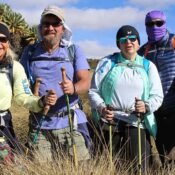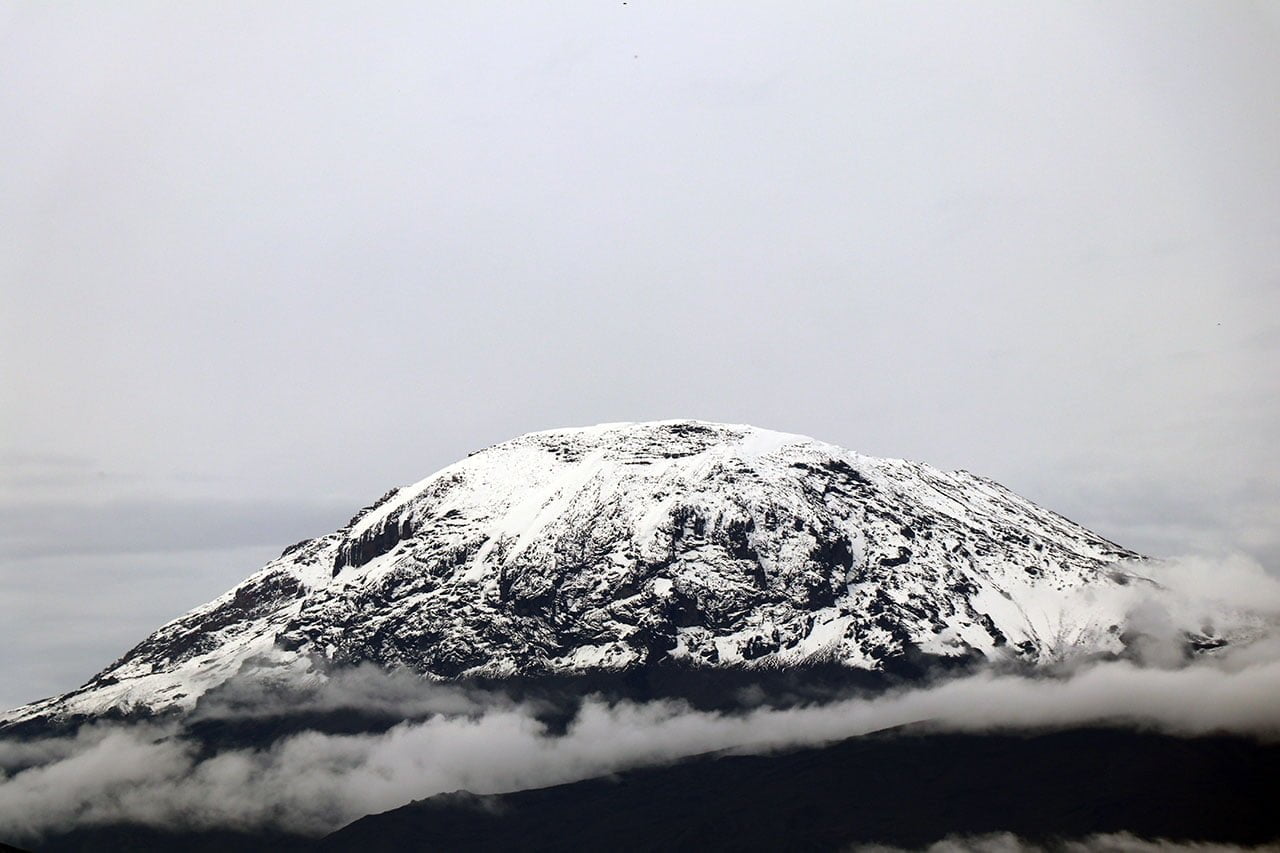
Explore Tanzania’s Mountains Beyond Kilimanjaro
Explore Tanzania’s Mountains Beyond Kilimanjaro:
Tanzania has some of the world’s most spectacular attractions, which attract a large number of tourists. Over 1.45 million people arrived in 2022, drawn to the serene climate, unique culture, stunning landscapes, and, of course, the famed Mount Kilimanjaro.
Explore Tanzania’s Mountains Beyond Kilimanjaro Making the ascent of one of Tanzania’s well-known peaks will surely leave you with lifelong memories. Don’t panic, though, if the massive Mount Kilimanjaro scares you! You will discover an abundance of amazing hiking and trekking experiences while on your safari in Tanzania.
What is the Sister Mount to Kilimanjaro?

Mount Meru is frequently referred to as Kilimanjaro’s “little sister.” It is located in Arusha National Park and is a popular destination for visitors looking for a mix of wildlife and mountain trekking. Unlike Kilimanjaro, Mount Meru is suited for both novice and experienced climbers. It is an excellent choice for acclimatization before attempting higher summits.
As you ascend Mount Meru, you will see a variety of species, including colobus monkeys, antelopes, giraffes, and elephants. The mountain is less congested than Kilimanjaro, providing a more relaxing and intimate experience. The trek to the summit normally takes 3 to 4 days and provides breathtaking views of the surrounding environment.
Mount Ol Doinyo Lengai
Explore Tanzania’s Mountains Beyond Kilimanjaro: This is Tanzania’s sole active volcano. It is located northwest of Arusha and is regarded as a holy mountain by the Maasai, who refer to it as the “Mountain of God.” Standing 2,890 meters above sea level, Ol Doinyo Lengai provides a unique opportunity to view lava flows from its top. Climbing is difficult and even limited owing to volcanic activity. However, when conditions allow, it may be climbed, providing amazing views of the surrounding terrain.
The peak of Ol Doinyo Lengai offers stunning views of Lake Natron, a soda lake noted for its pink flamingos. Lake Natron is a nesting habitat for these endangered species, making it a must-see destination for wildlife lovers.
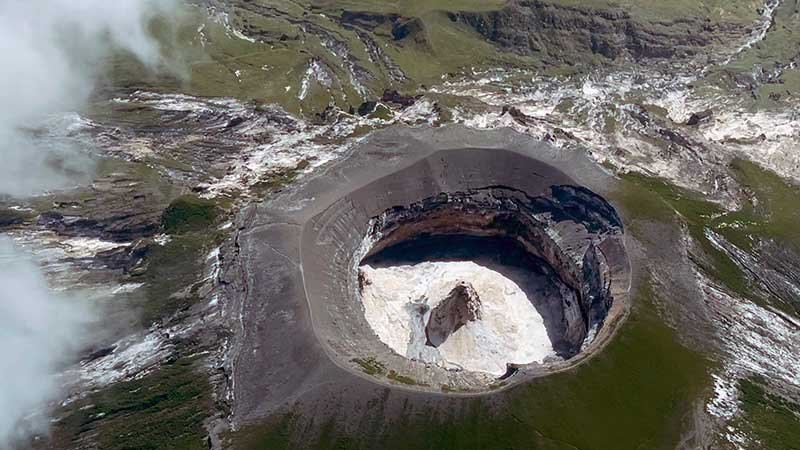
Climbing Mount Meru and Ol Doinyo Lengai is best done during the dry season, which runs from June to September. However, you may visit during the rainy season, albeit the roads may be muddy and hazardous.
The optimum time to climb Ol Doinyo Lengai is during the dry season, which runs from June to September. However, you may visit during the rainy season, albeit the roads may be muddy and hazardous.
Usambara Mountains and Lushoto

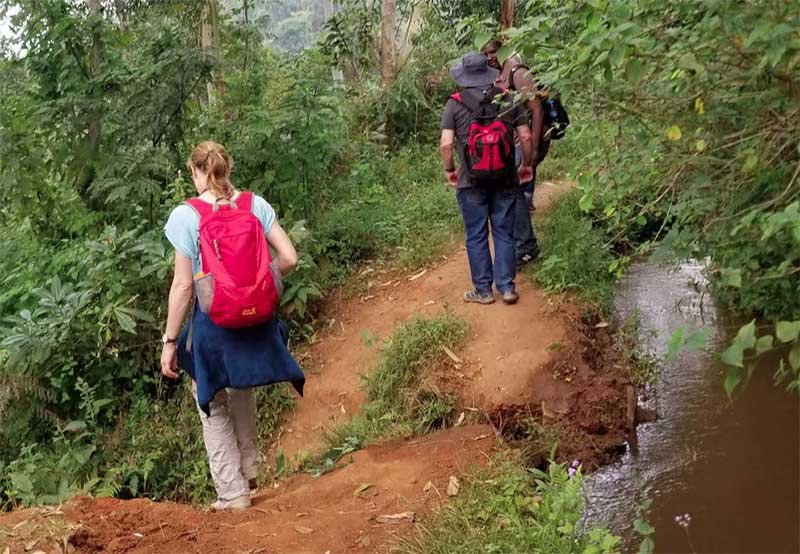
Tanzania is home to the Usambara Mountains, a mystical mountain range located in the Eastern Arc highlands in northern Tanzania. The Usambara Mountains are separated into two separate ranges: the West Usambara Mountains and the more compact East Usambara Mountains.
Beyond Kilimanjaro: Exploring Tanzania’s Udzungwa Mountains
The Udzungwa Mountains, located inside Udzungwa Mountains National Park, are a breathtaking mountain range that is part of the Eastern Arc, which runs from Kenya to Tanzania. Both expert and inexperienced hikers can appreciate the challenge of reaching the peak.
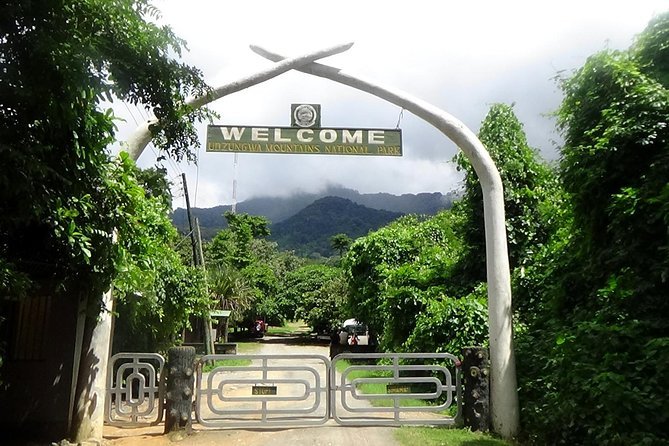
Hikers in the Udzungwa Mountains are typically fascinated by the magnificent landscape and plentiful animals. Leopards, lions, wild dogs, six types of primates, and critically endangered birds may all be found inside the park. Throughout your research, you may come across intriguing creatures such as butterflies.
The Udzungwa Mountains also include endemic forest species. These include the Sanje crested mangabey and the Iringa red colobus monkey.
For anyone looking for an off-the-beaten-path adventure, the Sanje Waterfall is a must-see. This breathtaking waterfall plunges 170 meters into a wooded valley, giving a wonderful swimming location.
Cars are not permitted in Udzungwa Mountains National Park. The greatest way to see this stunning place is on foot, going through the thick, high-altitude trees.
Exploring Tanzania’s Mountains Beyond Kilimanjaro: Mahale Mountains
Tanzania’s Mahale Mountains are a sparsely inhabited mountain range on the western bank of Lake Tanganyika. These mountains, known for their big chimpanzee population, provide an unparalleled opportunity to watch these interesting monkeys in their natural environment.
Mount Nkungwe is the tallest mountain in the Mahale Mountains, at 2,462 meters above sea level. An average trek to the peak takes around three days. It is suggested that you employ an armed ranger for your journey to safeguard your safety from potentially dangerous creatures such as lions, leopards, and hyenas.
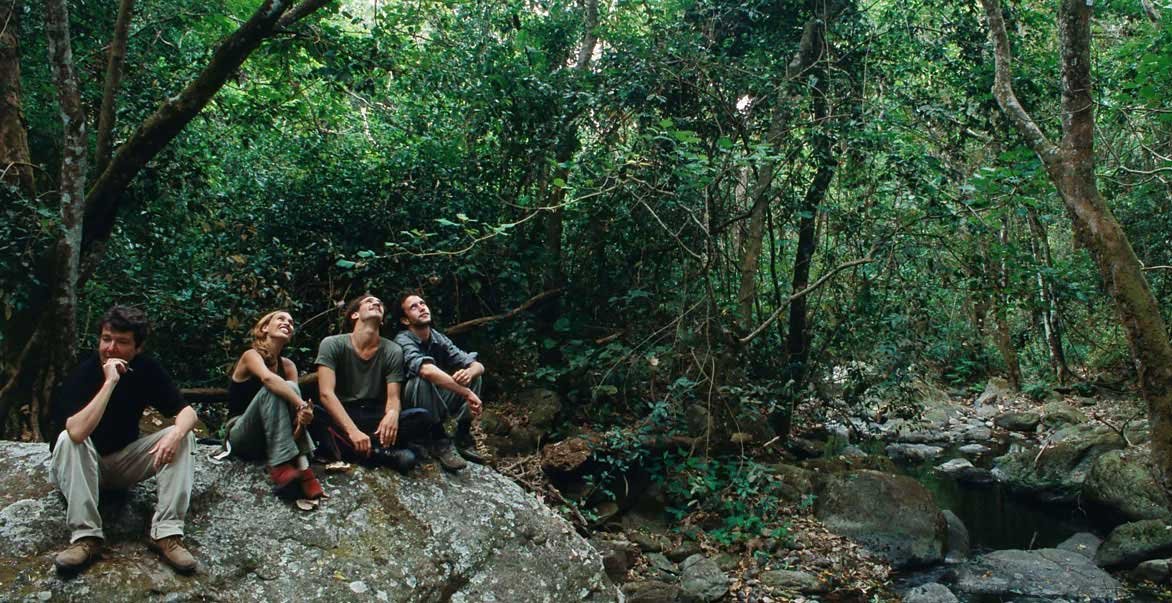
The Mahale Mountains’ closeness to Lake Tanganyika provides an exceptional chance to combine your mountain adventure with other activities. Enjoy snorkeling, resting on the beach, or swimming in Africa’s deepest lake.
Exploring Tanzania’s Mountains Beyond Kilimanjaro: Hanang Mountains
Have you heard of Mount Hanang? It’s Tanzania’s third-highest summit, at 3,676 meters above sea level. Unlike other prominent Tanzanian mountains like Kilimanjaro, Meru, Usambara, Mahale, and Udzungwa, Mount Hanang is not located within a national park.
Mount Hanang is situated near the town of Katesh. It is located in the Mount Hanang Nature Reserve, which spans 5,871 hectares and rises from 1,860 to 3,418 meters above sea level.
To access the reserve, you must pay a local entrance charge of $40 per person. This charge is paid directly to the Katesh municipality.
In addition to the mountain, the region has some noteworthy attractions. You may visit cultural and historical landmarks such as the Barabaiq and Iraqw sacred sites, as well as the soda lakes of Balang’dalau and Gendabi.
Exploring Tanzania’s Mountains Beyond Kilimanjaro: Pare Mountains
The Pare Mountains are southeast of Mount Kilimanjaro and extend from the same region into Tanga. This mountain range has multiple peaks, including Mbega in the south and Usangi and Kisangara in the north. These mountains may be climbed in 1-6 days.
Tanzania has several other stunning mountains to explore besides Kilimanjaro. These lesser-known summits provide an exceptional opportunity to combine animal observation with hiking and climbing excursions.



